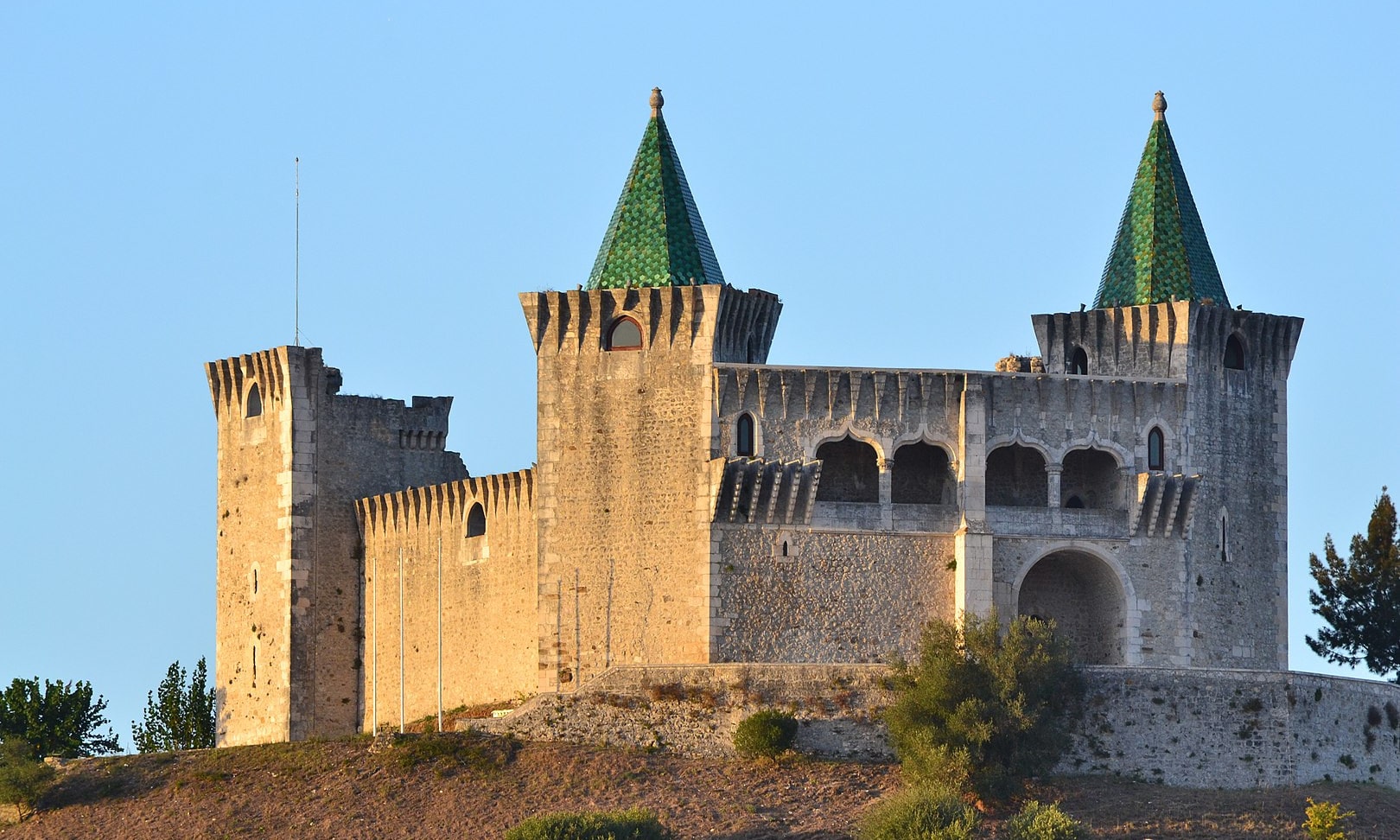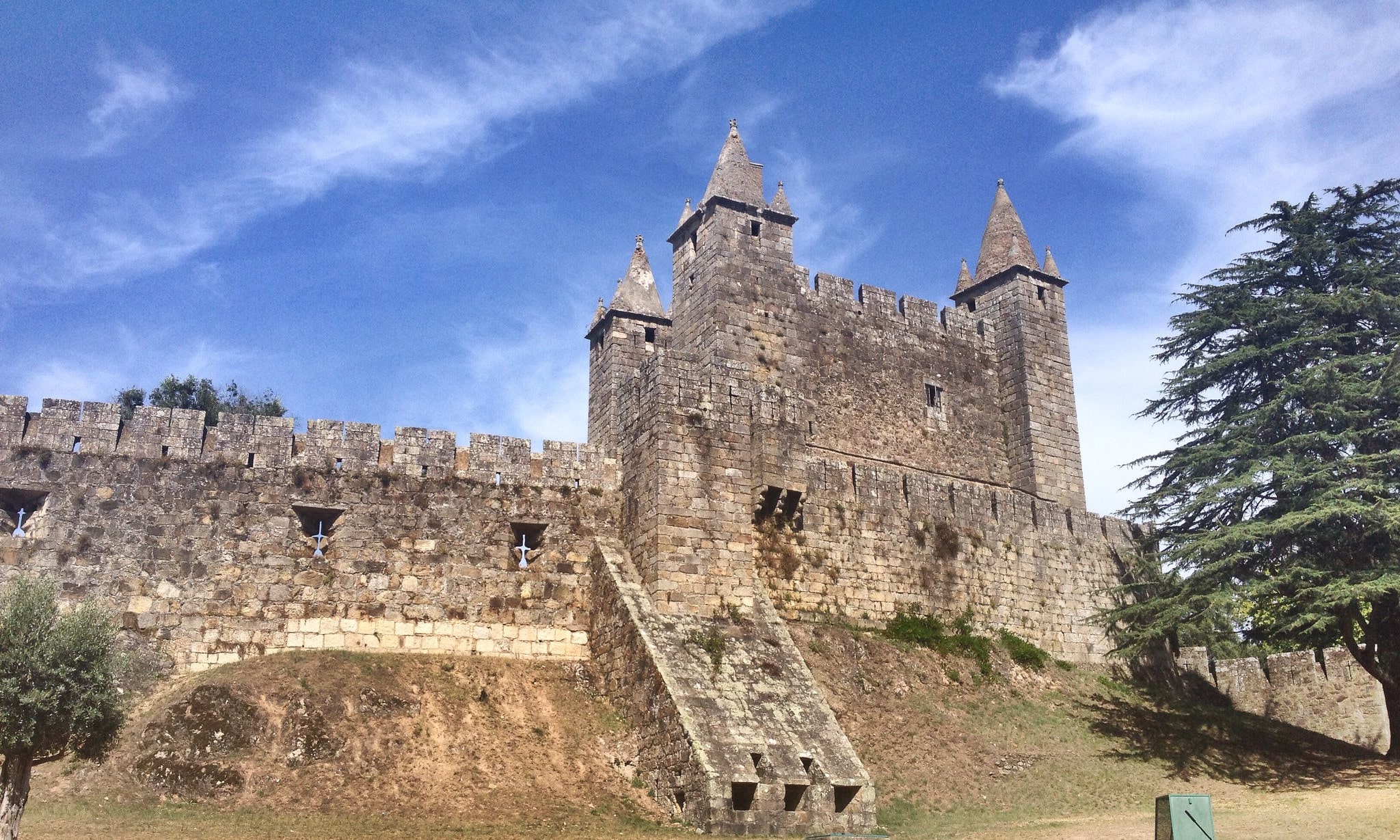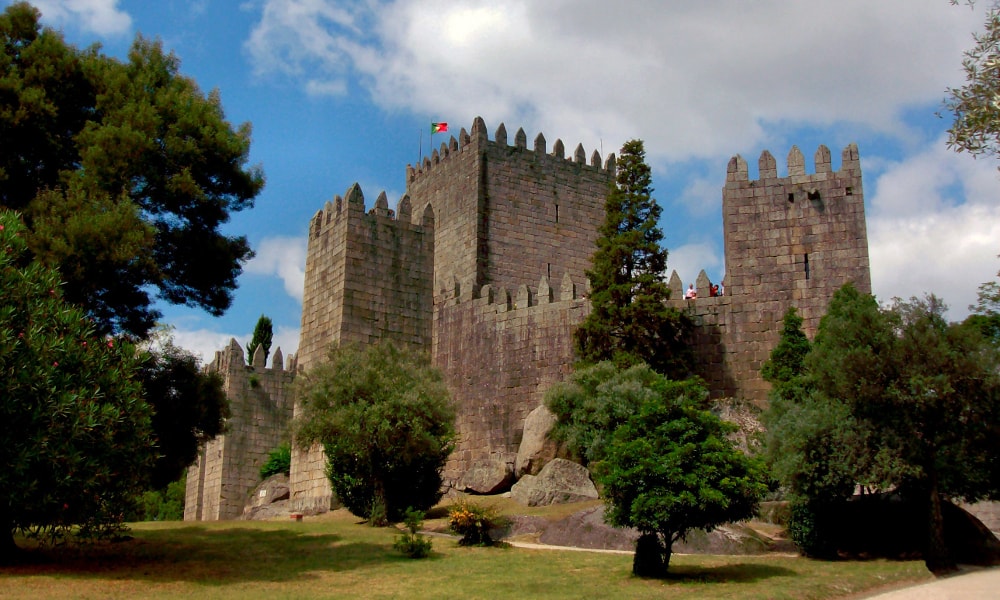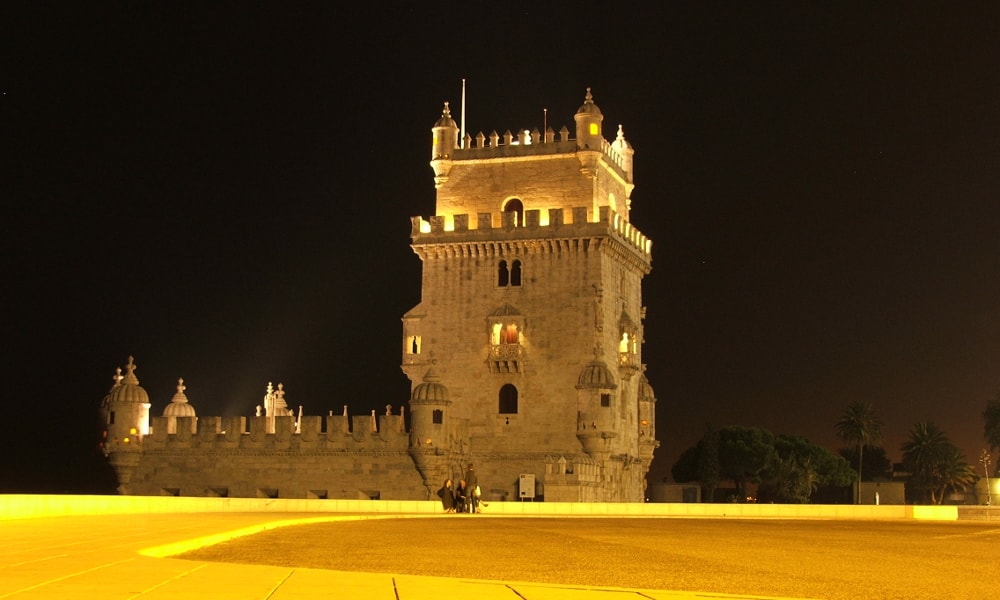
The most beautiful castles in Portugal
Portuguese castles comprise an important part of the vast historical heritage of the country. Many of them were built over a millennium ago by the Moors, while others were constructed between the 12th and 15th centuries to defend the country from invasion by the other Iberian kingdoms which later formed Spain. Here are the most beautiful.
10.Castelo de Porto de Mos
The first defensive fortifications date back from the period of Roman occupation. This primitive defense would have been increased in the following centuries, successively by Visigoths and Muslims.
Porto de Mos became a strategic point in the defense of Leiria and Coimbra during the Christian Reconquest of the Iberian peninsula. With the encouragement of the settlement under the reign of D. Sancho I (1185 - 1211), the town prospered, and its defense received important works of improvement.
The defensive structure of the castle was severely damaged by an earthquake in 1755 and, again, in 1909. It was classified as a National Monument in 1910.... view details
9.Castle of Santa Maria da Feira
Emblematic of Portuguese medieval military architecture, the Castle of Santa Maria da Feira is one of the monuments that best reflects the diversity of defenses used during the Middle Ages, having been instrumental in the process of Reconquista and autonomy of the County of Portugal. It has been listed as a National monument since 1910.
The Castle of Feira stands on the site of an indigenous temple dedicated to the local divinity Bandeve-Lugo Toiraeco, which was later transformed into a Marian temple. Being a transitional castle, there have been many military adaptations to site's defences over the years. The hilltop location was key in the defense of the castle during the Battle of Titania.
Throughout the castle grounds, there are many signs and monuments dedicated to important events during ...... view details
8.Castle of Marvao
During the early Middle Ages, the Swabians, Visigoths and eventually the Umayyad Arabs began to settle in the area. The construction of the Castle of Marvao was attributed to 8th century Islamic knight, Ibn Marwan.
By the beginning of the 10th century, the settlement was designated Amaia de Ibn Maruan or, alternately, the fortress of Amaia. Christian forces loyal to King D. Afonso I (1112-1185) conquered the region and town from Moorish forces sometime between 1160 and 1166.
The medieval castle post-dates the year 1299, and features numerous characteristic features of a crusader-era castle. These include a tall central keep with raised entrance on the first floor; a series of lower, outlying turrets (some semi-circular); high-placed arrow-slits; and open spaces to aid the sheltering and assembly of villagers and troops.... view details
7.Castle of Almourol
The Castle of Almourol is a medieval castle, located on a small islet in the middle of the Tagus River. It was part of the defensive line controlled by the Knights Templar, and a stronghold used during the Portuguese Reconquista.
The Castle of Almourol is one of the more emblematic medieval military monuments of the Reconquista, and best representation of the influence of the Knights Templar in Portugal. When it was conquered in 1129, by forces loyal to the Portuguese nobility, it was known as Almorolan, and placed in the trust of Gualdim Pais, the master of the Knights Templar in Portugal, who rebuilt the structure.
Losing its strategic place, it was abandoned resulting in its fall into ruins. In the 19th century, it was "reinvented" by ...... view details
6.Castle of Braganca
The Castle of Braganca is a well-preserved medieval castle located in the historic center of the city of Santa Maria, district of Braganca.
The castle is incredibly well-preserved. It has seen a turbulent history that saw occupation during the Moorish period to the devastation and reconstruction that accompanied the Christian reconquest of the Iberian Peninsula. Today, it stands as a proud monument to the history of Portugal.... view details
5.Guimaraes Castle
The Castle of Guimaraes is the principal medieval castle in the municipality Guimaraes, in the northern region of Portugal. It was built under the orders of Mumadona Dias in the 10th century to defend the monastery from attacks by Moors and Norsemen.
The castle is a military fortification grounded primarily in the late Romanesque period, and elaborated during the early Gothic epoch of Portuguese architecture. Its area is delineated by walls forming a pentagram, similar to a shield, that includes eight rectangular towers, a military square and a central keep.
The Castle of Guimaraes is a national symbol referred to as the Cradle of Portugal.... view details
4.Belem Tower
Belem Tower is a fortified tower and a UNESCO World Heritage Site (along with the nearby Jeronimos Monastery) because of the significant role it played in the Portuguese maritime discoveries of the era of the Age of Discoveries.
The tower was commissioned by King John II to be part of a defence system at the mouth of the Tagus river and a ceremonial gateway to Lisbon. It was built in the early 16th century and is a prominent example of the Portuguese Manueline style, but it also incorporates hints of other architectural styles.
The structure was built from lioz limestone and is composed of a bastion and a 30-metre four-storey tower. It has incorrectly been stated that the tower was built in the middle of the Tagus and ...... view details
3.Castle of Belmonte
The first historical information about the area date back to the reign of the first King of Portugal Afonso I (1112-1185), when the landlord of region donated the lands to the Bishop of Coimbra on 6 May 1168.
After the establishment of the Alcanices Treaty in 1297 with the consequent expansion of the frontiers to the west, the Belmonte Castle lost strategic importance, while the town was developing extramural.
In the midst of the war of Restoration for Portuguese's independence, the castle received some modernization efforts but it was damaged by fire in 1694. The building next to the castle was employed as a prison in the 18th century.... view details
2.Castle of Tomar
The Castle of Tomar is part of the great architectural complex of the Convent of Christ, a historic and cultural monument which was listed in the list of UNESCO World Heritage list in 1983.
The convent was founded by the Templar Knights in 1118. Its construction continued until the final part of the 12th century with the construction of the oratory, in one of the angles of the castle, completed by the Grand Master D. Gualdim Pais.
The castle was built on a strategic location, over a hill and near the river Nabao. It has an outer defensive wall and a citadel with a keep inside. The Keep, a central tower of residential and defensive functions, was introduced in Portugal by the Templars, and the one in Tomar is one ...... view details
1.Pena Palace
Pena Palace is one of the world's most magnificent palaces and an outstanding example of 19th-century Romanticism in Europe.
Perched high above a landscape of verdant hills and sparkling coastline, the palace was intended as a summer retreat for the Portuguese royal family.
The site's history can be traced back to the Middle Ages when a chapel dedicated to Our Lady of Pena was erected on the top of the hill.
Legend has it that construction occurred after an apparition of the Virgin Mary.
Two centuries later, King Manuel I ordered the building of a monastery on the site, which was donated to the Order of Saint Jerome.
For centuries, Pena was a small, quiet place for meditation.... view details
This "top" is based on user ratings and it can change based on users votes; be sure to rate your favourite castles and check back soon.









